In 1967, I was living in Para Hills, a small town some 20 miles from Adelaide in South Australia.
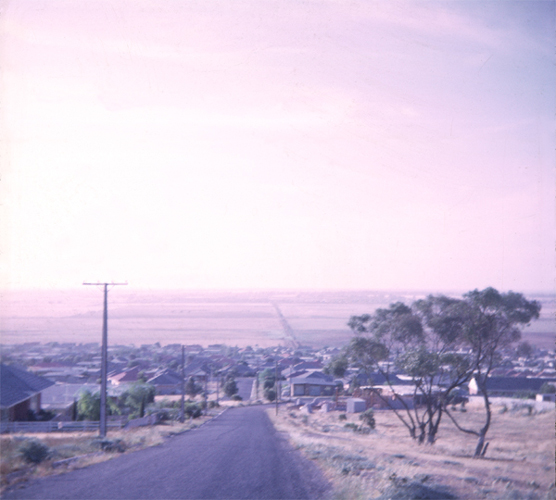
I was about to return to England with my parents and siblings, and I wanted to take a few photographs before we left. I bought an inexpensive camera. It was a simple ‘point and shoot’ device. Photography was expensive in those days, at least for my teenage pocket. I took just a few colour transparencies using Agfa reversal film. I should add that my father’s shopping habits, which I have written about elsewhere, did not extend to purchasing cameras.
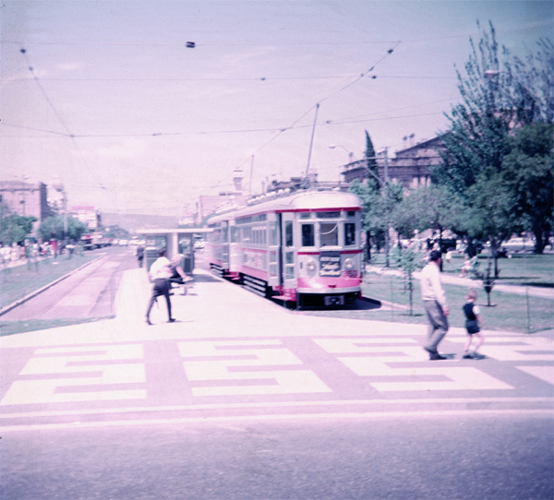
After leaving Adelaide, we travelled by train to Melbourne where we boarded the RHMS Ellinis, a Greek ship of the Chandris Line. Our first port of call was Sydney, and then on to Wellington and Auckland before crossing the Pacific, stopping in Tahiti, Balboa in Panama, then passing through the Panama Canal and on to Çuracao and finally crossing the Atlantic before docking in Southampton.
Two years earlier we had travelled by ship to Australia via Port Said, the Suez Canal, Aden and Fremantle before docking in Port Adelaide. So, when we finally arrived in Southampton on New Year’s Eve, 1967, we could claim to have circled the globe by sea. It was quite an adventure for a lad, and it had a profound affect.
That voyage triggered a love for photography, and I promised myself that one day I would own a good camera.
I was also excited by the geography and culture of foreign lands. In ’65, instead of being stuck in Bromley Technical High School, I experienced a typhoon in the Indian Ocean, saw sunsets of staggering beauty, watched dolphins and flying fish accompany our ship. I was amused by armed UN soldiers dancing on the banks of the Suez and appreciated the presence of the Anglian Regiment while walking the streets of Aden, where I also witnessed abject poverty and crippled street beggars. I dined with adults, listening to their stories, while being spoiled with Italian food by waiters who were delighted by an English boy scoffing everything put in front of him. I only wish I had a camera for that voyage. Still, images remain seared into my memory.
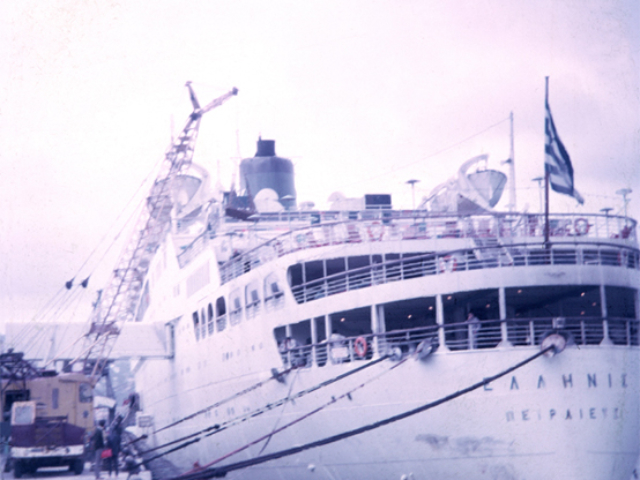
The photographs I took on the return voyage are predictably poor, but a few have a certain historical interest.
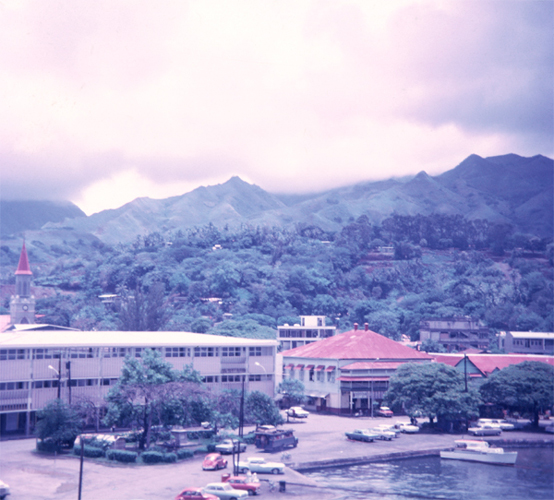
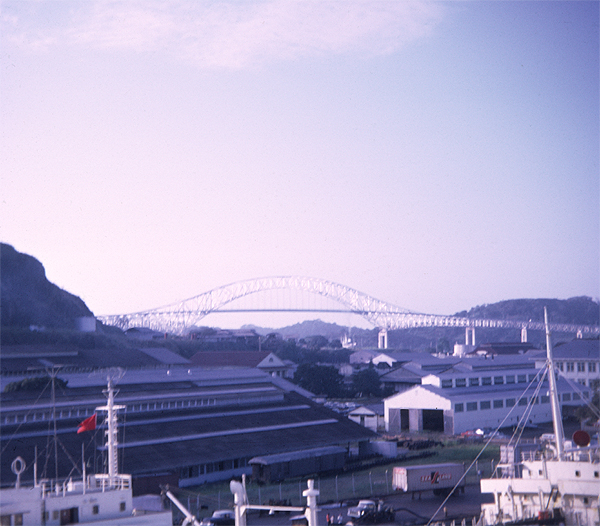
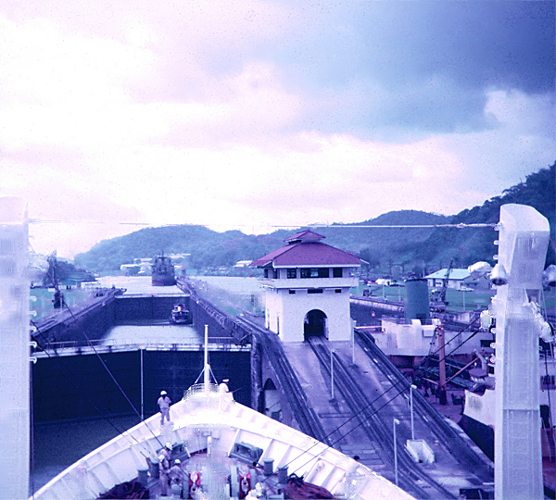
Traversing Panama was probably the highlight. The Canal is one of the humanity’s greatest feats of engineering. In effect, it cuts a path through dense, and mosquito infested jungle, allowing locomotives to lift an ocean liner up a mountain and deliver it to the other side. I spent the whole day gazing at it and its surroundings, being careful not to use all my film, while failing to understand why some passengers preferred to remain seated in a bar.
But that’s teenagers for you, they don’t appreciate the finer things in life, such as a cold beer and air conditioning.
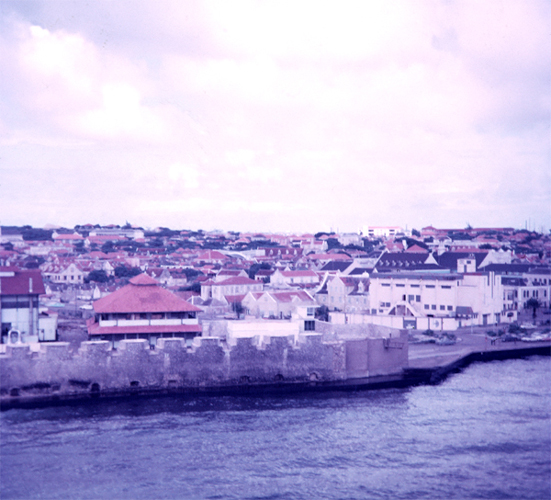
I didn’t spend long in Çuracao, although long enough to know it was a site for a Shell oil refinery. Shell donated the refinery to the local government in 1985, leaving a toxic legacy that has yet to be removed. Even then I couldn’t help but smell the pollution. It is now leased to Venezuela.
